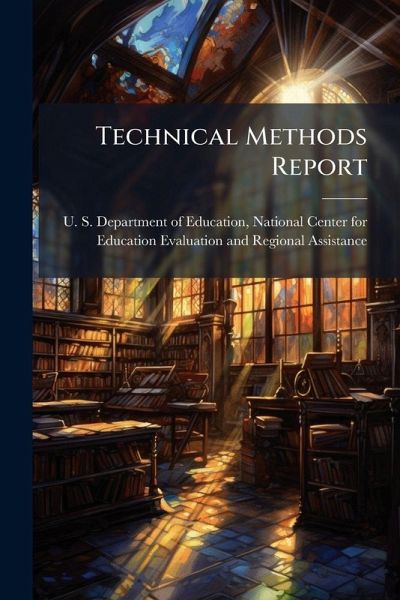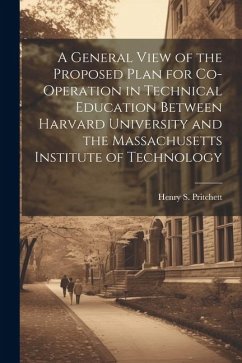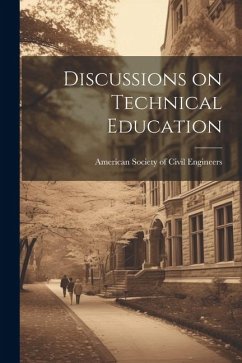
Technical Methods Report
Versandkostenfrei!
Versandfertig in über 4 Wochen
14,99 €
inkl. MwSt.

PAYBACK Punkte
7 °P sammeln!
Technical Methods Report: Statistical Power for Regression Discontinuity Designs in Education Evaluations examines theoretical and empirical issues related to the statistical power of impact estimates under clustered regression discontinuity (RD) designs. The theory is grounded in the causal inference and HLM modeling literature, and the empirical work focuses on commonly-used designs in education research to test intervention effects on student test scores. The main conclusion is that three to four times larger samples are typically required under RD than experimental clustered designs to pro...
Technical Methods Report: Statistical Power for Regression Discontinuity Designs in Education Evaluations examines theoretical and empirical issues related to the statistical power of impact estimates under clustered regression discontinuity (RD) designs. The theory is grounded in the causal inference and HLM modeling literature, and the empirical work focuses on commonly-used designs in education research to test intervention effects on student test scores. The main conclusion is that three to four times larger samples are typically required under RD than experimental clustered designs to produce impacts with the same level of statistical precision. Thus, the viability of using RD designs for new impact evaluations of educational interventions may be limited, and will depend on the point of treatment assignment, the availability of pretests, and key research questions. This work has been selected by scholars as being culturally important, and is part of the knowledge base of civilization as we know it. This work was reproduced from the original artifact, and remains as true to the original work as possible. Therefore, you will see the original copyright references, library stamps (as most of these works have been housed in our most important libraries around the world), and other notations in the work. This work is in the public domain in the United States of America, and possibly other nations. Within the United States, you may freely copy and distribute this work, as no entity (individual or corporate) has a copyright on the body of the work. As a reproduction of a historical artifact, this work may contain missing or blurred pages, poor pictures, errant marks, etc. Scholars believe, and we concur, that this work is important enough to be preserved, reproduced, and made generally available to the public. We appreciate your support of the preservation process, and thank you for being an important part of keeping this knowledge alive and relevant.












